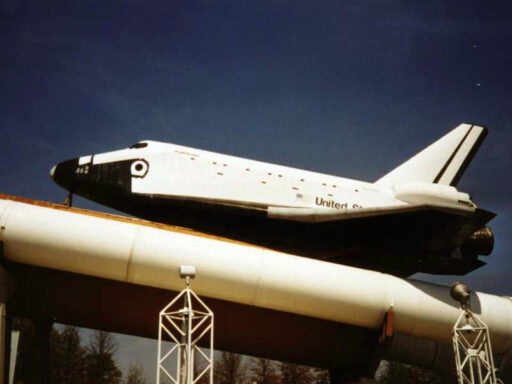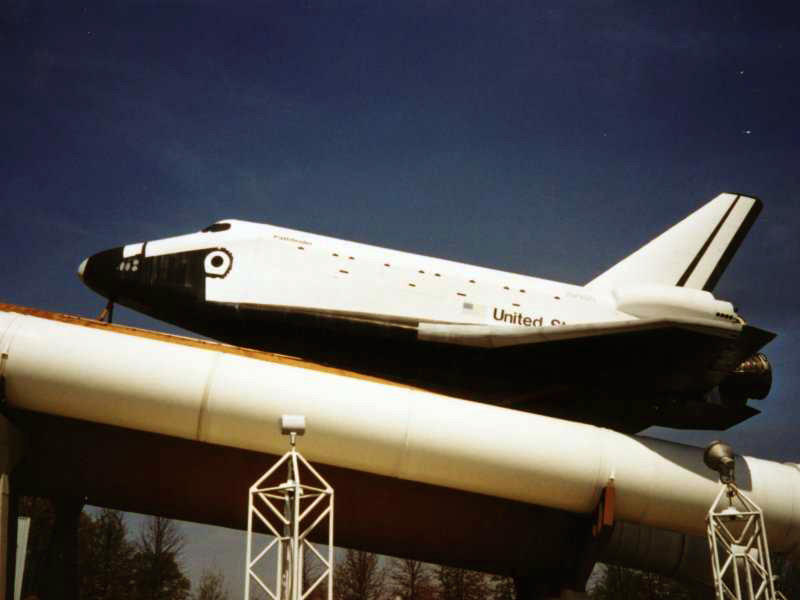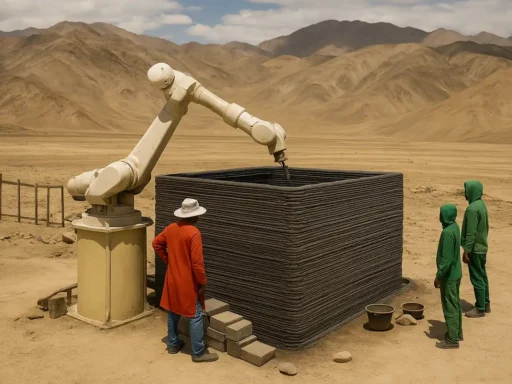Chemical manufacturer SABIC has partnered with large-format 3D printing specialist Branch Technology to develop paneling for an early version of the Pathfinder space shuttle.
Using Branch Technology ‘C-Fab’ fabrication and SABIC’s LNP THERMOCOMP compound, it has proven possible to robotically 3D print high-strength, lightweight panels for the craft. After NASA selected the parts for the Pathfinder restoration project, 516 of these were manufactured, painted, and attached to the outside, revamping the vehicle for display at a US museum.
Originally known as ‘Orbital Vehicle-098,’ Pathfinder was built in the 1970s to test NASA’s surface-to-orbit launch capabilities, as well as for training ground crew. When NASA first asked Branch Technology to restore the vehicle, it struggled to find the right material balance for making replacement parts, as the company’s CEO Ryan Lusks explains.
“Prior to engaging with SABIC, we tried many different polymer solutions, but none delivered the desired level of stiffness between nodes that our open matrix structure requires for maximum strength,” recalled Lusk. “SABIC’s experts listened carefully to our needs, learned about our technology, and custom-designed a compound that not only performs beautifully in our C-Fab process, but also prints rapidly to maximize productivity.”
According to SABIC, material stiffness was essential to optimizing dimensional stability, as were the “self-consolidation” capabilities of the company’s formula. This is said to cause polymers to “amalgamate” after printing, triggering a tightening and straightening of the links between nodes in the 3D printed matrix, which in turn, leads to greater rigidity and overall structural strength.
Maureen MacDonald-Stein, SABIC’s Director of Portfolio Strategy & Marketing, adds that this ongoing collaboration reflects its willingness to work directly with customers on developing new formulations. In particular, she says that pellet 3D printing materials “can play a key part in new approaches to producing architectural components” in the years to come.
This seems to suggest that SABIC is targeting more architectural use cases here on terra firma. But given that its materials feature programmable strength, chemical resistance, and even weight under different gravity loads, who knows? Maybe its technology will be used to build off-planet infrastructure in the years to come!






